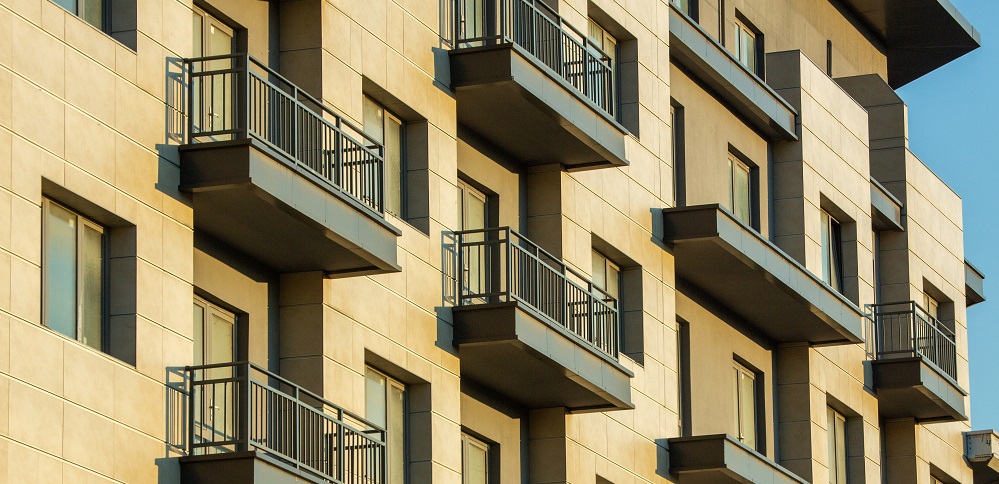RISING ENERGY COSTS ADDING TO SHIFTS IN RENTAL DEMAND
As cost-of-living pressures continue to build, a growing number of tenants are looking to balance the combined impact of rising rents and escalating running costs. Meaning the appeal of flats and energy-efficient houses is set to rise further in 2023.
Inevitably, running costs and energy bills are lower for flats than houses – especially when it comes to new-build flats which tend to have much higher energy ratings. According to the latest rental market report from Zoopla – which signposted National Energy Efficiency Data-Framework – the amount of gas it takes to heat and run a purpose-built flat over 12 months is 40% lower than the amount to heat and run a terraced house. And it’s 25% lower for a converted flat. A one-bed home requires less than half the gas that is needed for a three-bed home, while D and E rated homes require 25% and 48% more gas, compared to a C rated home.
So what does this mean for landlords?
With additional legislation around EPC ratings still being mooted, energy efficiency remains high on the agenda for all landlords when it comes to both new and existing properties. And with tenants increasingly focused on how, where and when to make ongoing savings in this challenging economic climate, energy-related costs have become a far more significant consideration from a demand and longevity of tenancy perspective.
As a business, we are certainly experiencing a growing appetite from professional landlords towards new build properties and it will be interesting to see if this translates into a longer-term trend as attitudes and outlooks towards energy efficiency continue to amplify.
Cat Armstrong - 21.09.2022 | Posted in

